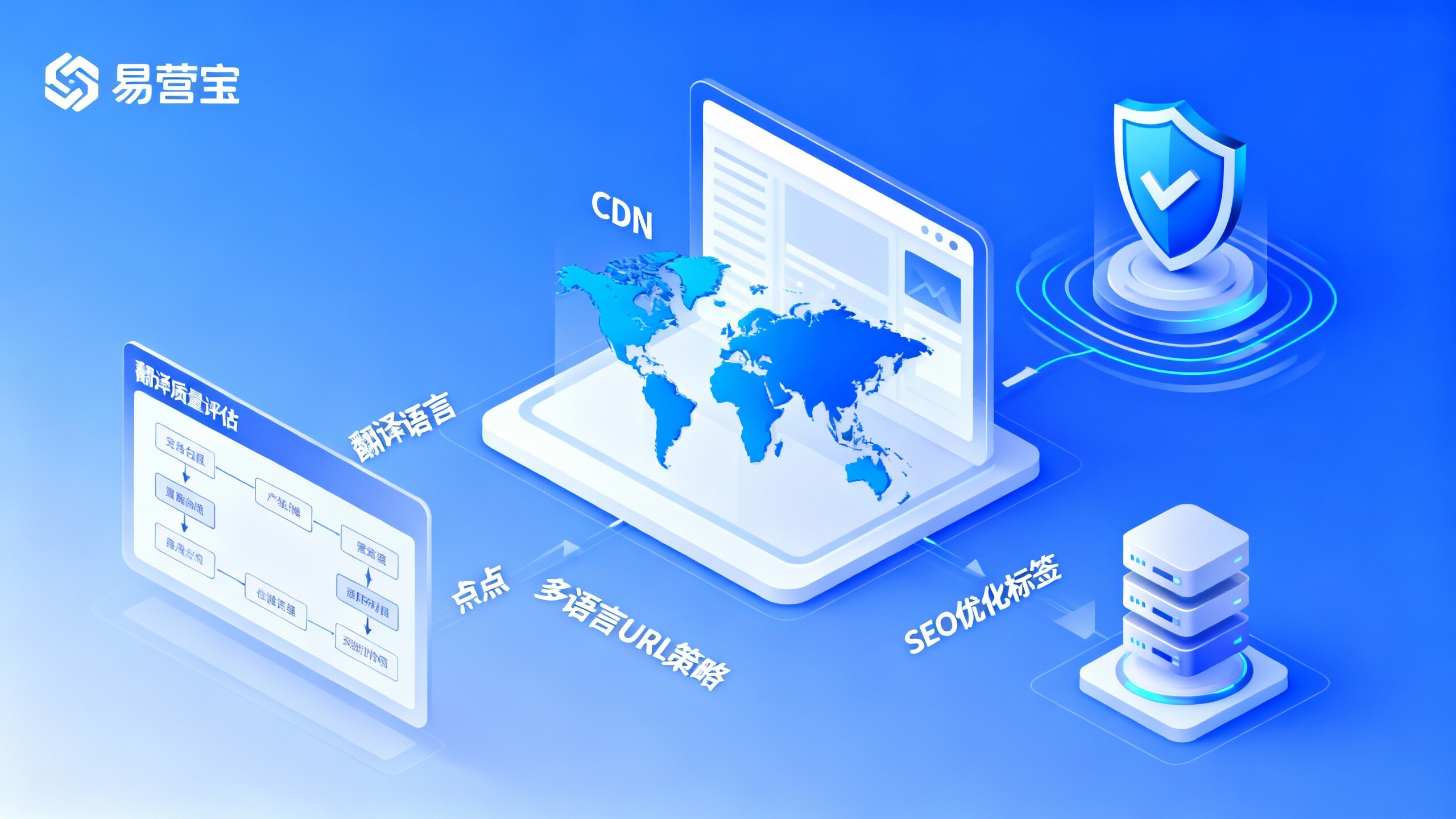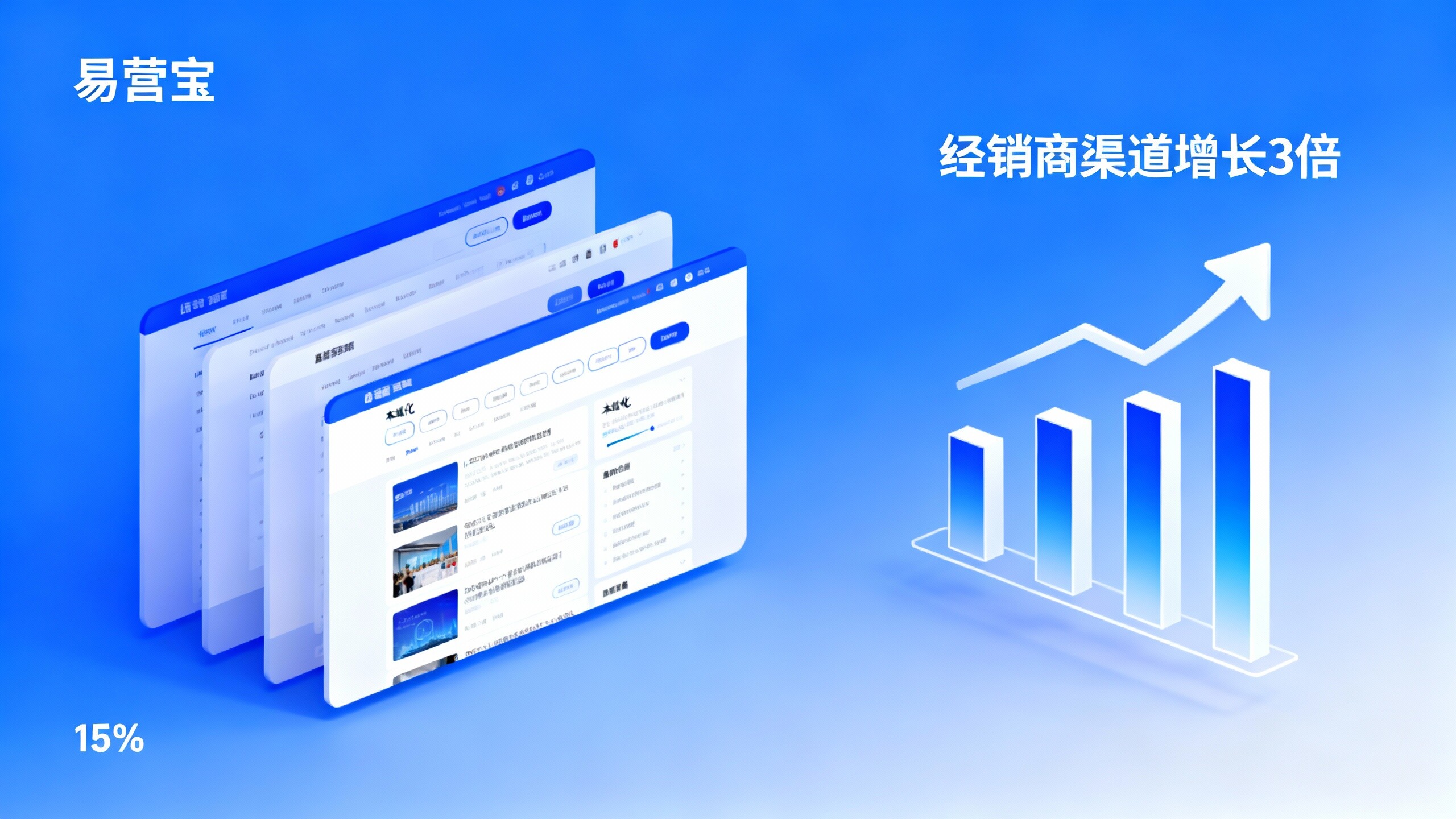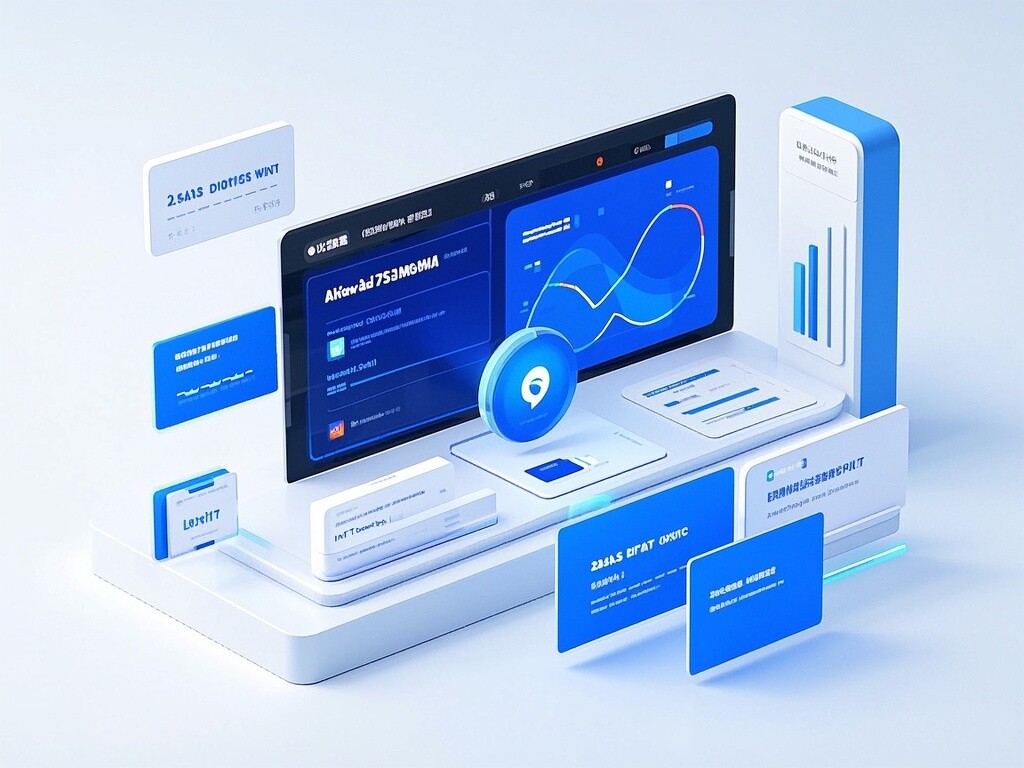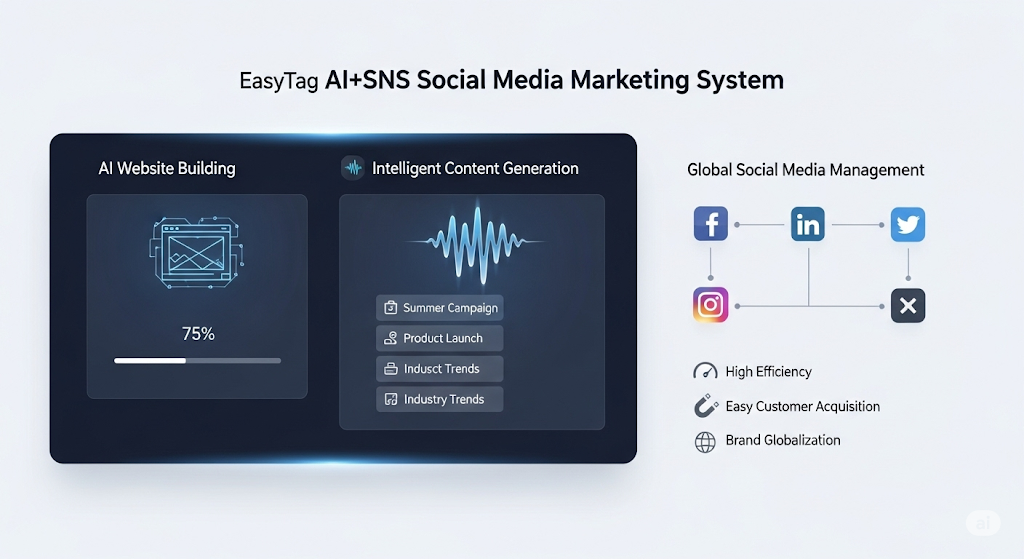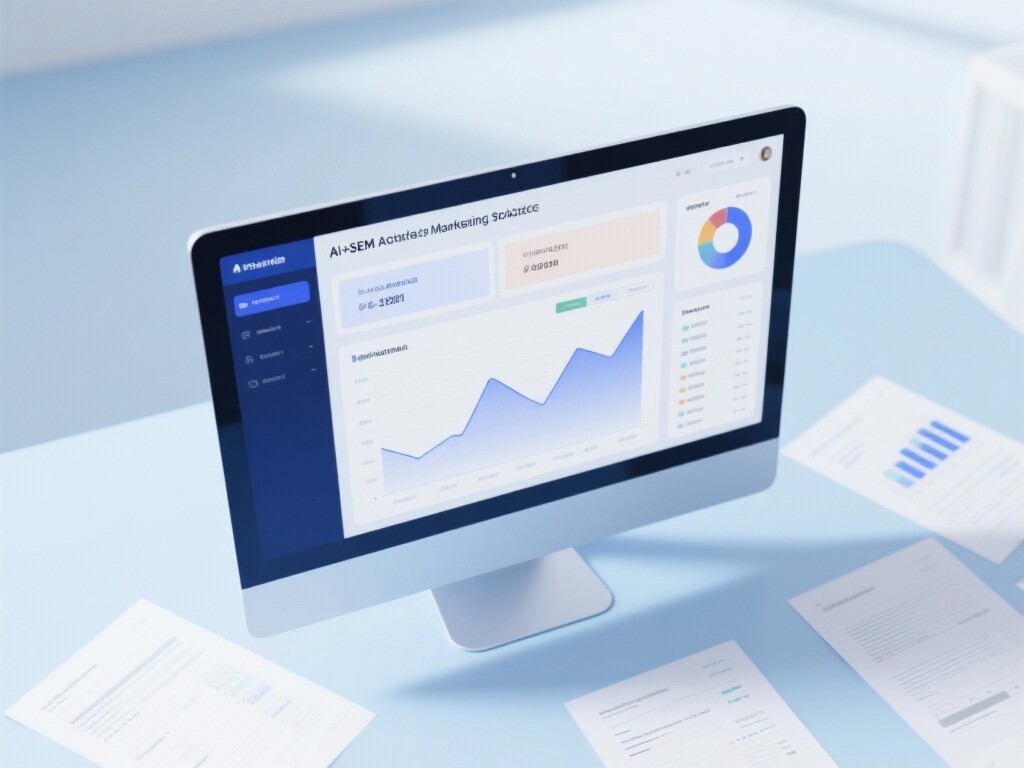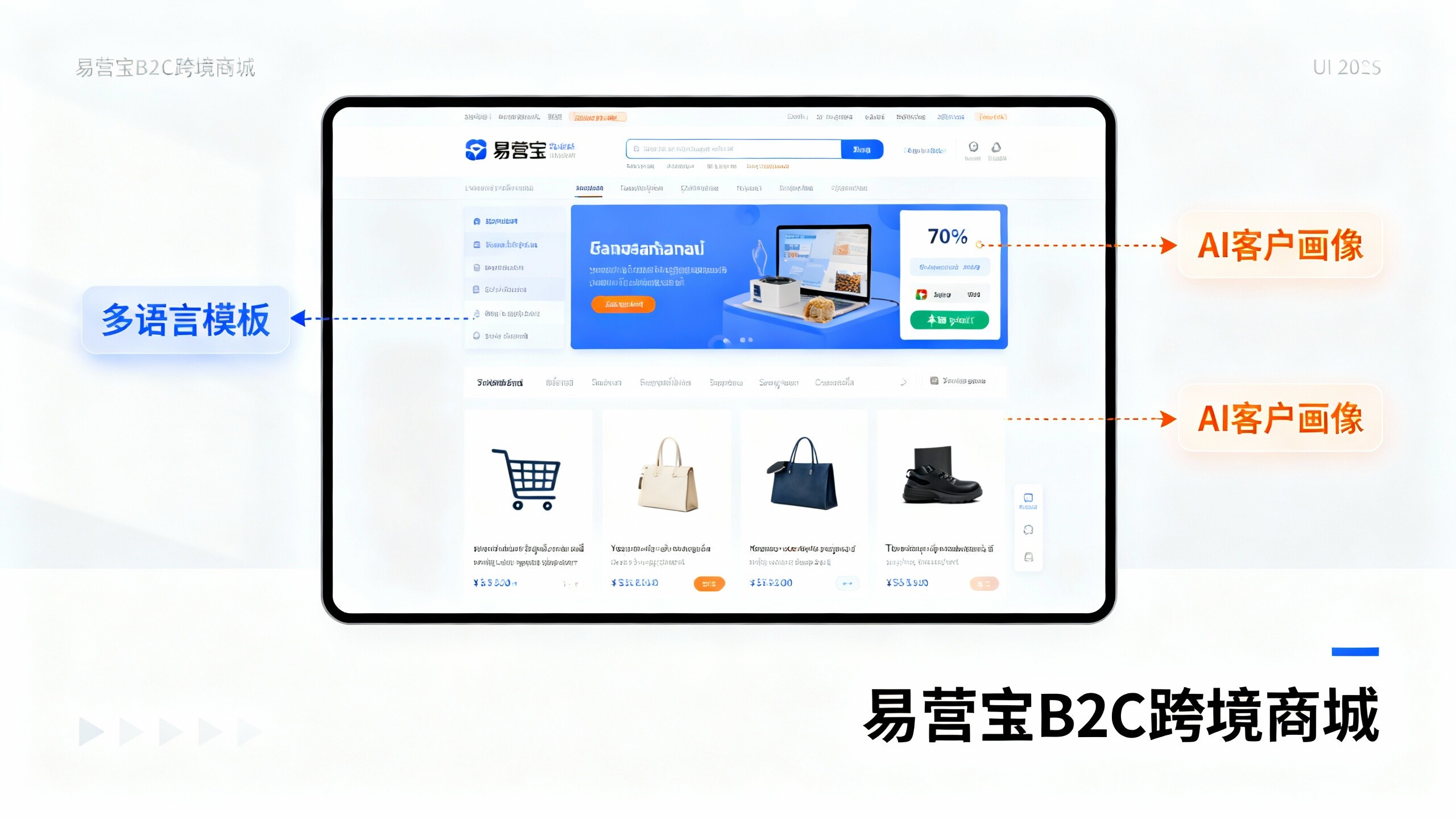- How to Build a Multilingual Website? Five Key Reliability Parameters for Vendor Evaluation2025-12-22View details
- How can a multilingual website help with foreign trade? Case study: Distributor channel growth tripled2025-12-22View details
- What is a multilingual website? A quick decision checklist for project managers2025-12-22View details
- Is AI Reliable for Multilingual Website Translation? Risk Points Quality Control Personnel Should Focus On2025-12-23View details
- How many languages does a multilingual website generally require? Language prioritization methods for different markets2025-12-23View details
- Why Must Foreign Trade Enterprises Have Independent Websites in 2024? Market Trend Analysis2025-12-20View details
- Independent B2B Website vs Marketplace: Which Better Suits Your Business Model?2025-12-23View details
- What is the difference between an independent foreign trade website and a platform store? How can businesses make a more advantageous choice?2025-12-22View details
How much does a SaaS platform cost to build a website? Enterprise official website construction 7 cost breakdown and money-saving tips
Want to know how much it costs to build a website on a SaaS platform? This article provides a detailed breakdown of corporate website construction costs, along with money-saving tips and responsive website SEO optimization recommendations.
In the enterprise SaaS service sector, common pain points faced by researchers and users include opaque budgeting, complex fee structures, and insufficient strategic planning for cross-border marketing and responsive website SEO optimization. This article targets technical decision-makers, operations teams, and website maintenance personnel, breaking down seven cost categories involved in SaaS platform website construction in a project-based manner: planning & design, template vs. custom development, frontend responsive adaptation, backend & data integration, third-party services (domain, SSL, CDN), content & SEO optimization, and long-term maintenance with cloud resources. It also offers actionable cost-saving techniques while balancing branding promotion and responsive website needs for foreign trade, helping enterprises control costs without compromising conversion rates or search engine visibility.

Corporate Website Construction Cost Breakdown: From Budgeting to Actual Expenditure
When preparing a SaaS platform website budget, first clarify the specific meanings and industry benchmarks for seven major cost categories. The first category covers requirement research and information architecture design fees, typically accounting for 5%~10% of total costs, including competitive analysis, user persona mapping, and site flow design. The second involves visual and interaction design costs, determined by template usage or customization—marketing-type template sites significantly reduce initial investment, while customized designs offer higher value for conversion pages and brand promotion. The third category is frontend responsive development costs; foreign trade responsive websites must accommodate mobile adaptation and multilingual support, particularly requiring right-to-left layout for Middle Eastern target markets, which adds extra development and testing expenses. The fourth category covers backend development and system integration, including CRM, ERP, or payment/logistics interfaces; this segment has high coupling with existing IT infrastructure and notable cost fluctuations. The fifth includes third-party service fees for domains, SSL certificates, CDN, and cloud servers—global CDN coverage notably enhances loading speed and SEO performance. The sixth is content production and SEO investment, encompassing TDK writing, page copy, images, and multilingual translation (AI-driven solutions can reduce duplicate costs), representing long-term investments affecting search rankings and brand visibility. The final category covers operations and security, including monitoring, backups, DDoS protection, and periodic iterations, with annual service fees typically representing 10%~20% of costs. Understanding these seven items allows enterprises to transparently manage SaaS platform construction costs through one-time expenditures and flattened annual fees.
Key Factors Affecting SaaS Platform Website Costs: Why Prices Vary for Similar Requirements

Multiple variables significantly impact final SaaS platform website pricing. First, technology choices: low-code marketing templates versus microservices-based custom platforms create obvious cost differences in tech stacks, testing, and deployment cycles. Second, multilingual and cross-border needs—localized translation, RTL layout compliance for Middle Eastern or Latin American markets increase international development and localized testing costs. Third, SEO and content strategy intensity: enterprises prioritizing SEO-driven growth engines require heavier upfront investment in keyword research, responsive foreign trade website construction, and sustained content output, with high long-term ROI but non-negligible initial costs. Fourth, third-party service tiers: global CDN, dedicated IPs, enterprise WAF, and premium SSL certificates boost stability and security but incur higher fees. Fifth, staffing and service models: adopting city partners or local service providers reduces cross-border communication costs but requires upfront management and profit-sharing planning. Sixth, scalability needs—WeChat mini-program configurations, API integrations, or AI marketing engine implementations affect development complexity and ongoing maintenance expenses. Considering these factors, enterprises procuring SaaS website services should prioritize business scenarios, identifying essential versus phased implementation items to control budgets while balancing brand promotion and long-term cross-border marketing goals.
Cost-Saving Techniques & Budget Optimization: Reducing Waste Without Sacrificing Conversion & SEO
Controlling SaaS platform website costs doesn’t mean compromising quality but strategically allocating resources for maximum ROI. First, prioritize mature templates with customizable components—launch quickly with marketing templates initially, then optimize pages and develop custom features based on data. Second, leverage AI tools to reduce content costs—AI-driven TDK auto-generation and smart translation can significantly shorten multilingual content production cycles, especially effective for cross-border scenarios. Third, phase SEO investments: start with technical SEO (site structure, responsive adaptation, page speed optimization), then scale content and backlinking after traffic stabilizes. Fourth, smartly combine cloud and CDN bundles; elastic scalability avoids long-term prepaid resource fees while performance monitoring tools optimize resource efficiency. Fifth, establish city partnerships or regional collaboration models with SaaS vendors to share localized services and reduce outsourcing management costs. Sixth, clearly define maintenance and upgrade scopes in contracts to avoid ambiguous secondary payments. These methods help enterprises maintain website conversion rates and responsive SEO performance while achieving branding and cross-border objectives within budget.
Responsive Website SEO & Cross-Border Marketing Implementation: Technical & Operational Best Practices

For foreign trade responsive websites and cross-border marketing, SEO isn’t a one-time task but an ongoing technical-operational synergy. Technically, ensure page load speeds (recommended under 2.5 seconds for first-screen rendering), mobile-first indexing, semantic HTML structure, and proper hreflang tag deployment. Content-wise, focus on target-market search intent mapping for keyword placement, incorporating localized expressions and cultural nuances. For Middle Eastern markets, prioritize Arabic RTL layouts and localized keyword research—prepackaged solutions like our Arabic Industry Website & Marketing Solutions (covering Arabic website development, AI localization, RTL adaptation, and Google Ads Arabic keyword optimization) accelerate market entry. Operationally, integrate social media automation tools to bridge website traffic with Facebook/LinkedIn/Instagram channels, creating touchpoint-conversion closed loops. Finally, establish data-driven optimization through A/B testing and AI ad diagnostics to continuously improve conversions while lowering acquisition costs, ensuring measurable returns from website investments in branding and business growth.
Conclusion: By clarifying seven corporate website cost categories, identifying key expense drivers, and adopting template+AI cost-saving techniques, enterprises can control SaaS platform construction expenses while ensuring responsive SEO and cross-border marketing efficacy. Easynest leverages AI marketing engines, global CDN deployment, and cross-border expertise to provide end-to-end solutions—from construction to lead generation—for manufacturing, e-commerce, and education sectors, supporting WeChat mini-program configurations and foreign trade responsive website needs. To explore budget-optimized solutions or receive customized quotes for Middle Eastern market strategies, contact us now for free assessments and implementation insights.
- Campbell (name)
- SEO optimization
- City Partners
- Enterprise official website
- SSL certificate
- Website seo optimization
- Keyword Optimization
- Website traffic
- Website
- SEO optimization effect
- Google Ads
- SEO
- AI Marketing Engine
- social media automation
- responsive website
- Responsive Website Development for Foreign Trade
- Responsive Website SEO Optimization
- Marketing Website
- WeChat Mini Program Configuration
- Corporate Website Development
- Cross-border Marketing
- SaaS Platform Website
- Brand Promotion
Related Articles
Related Products


